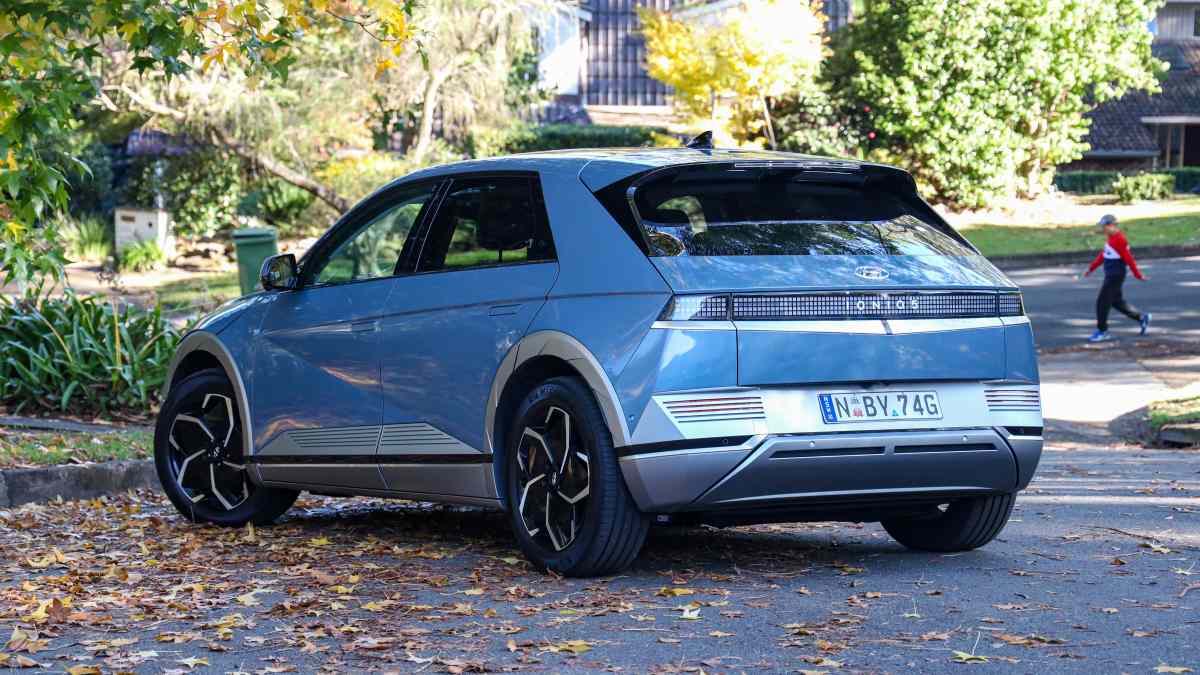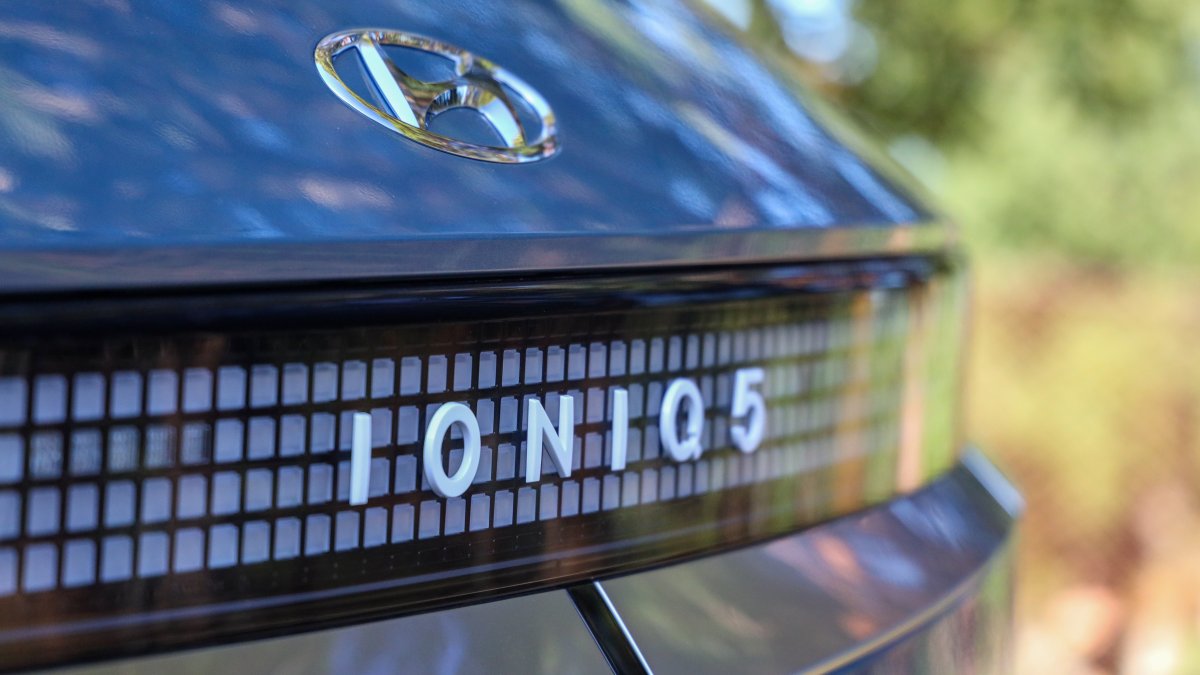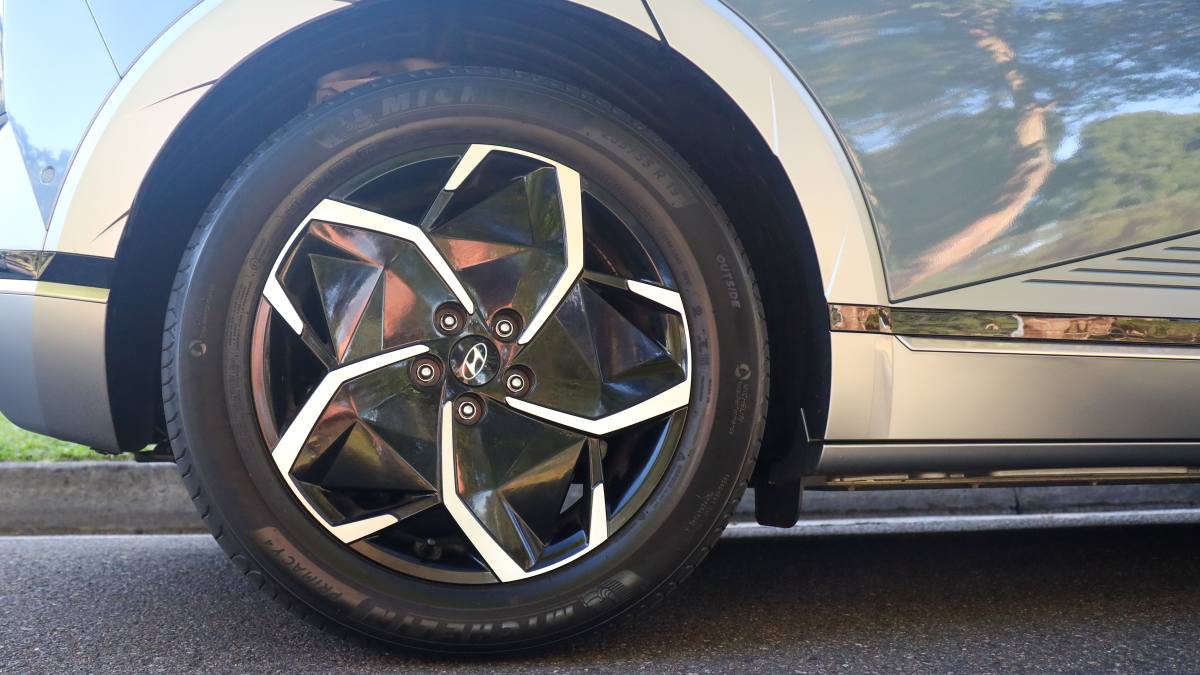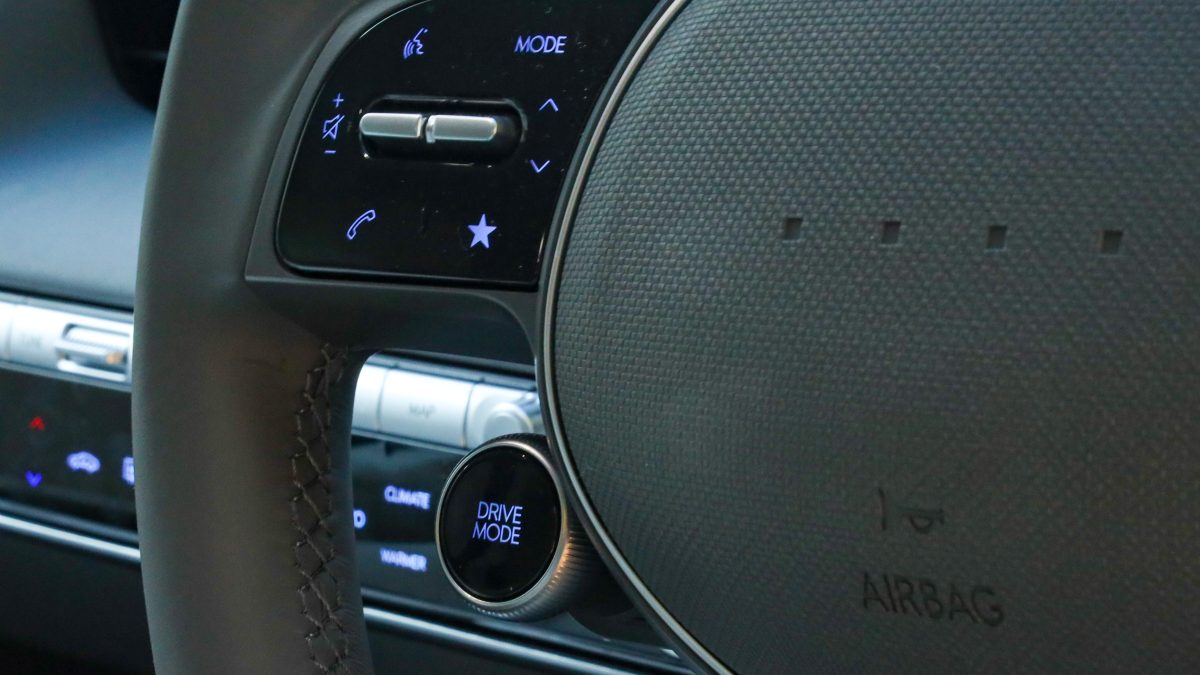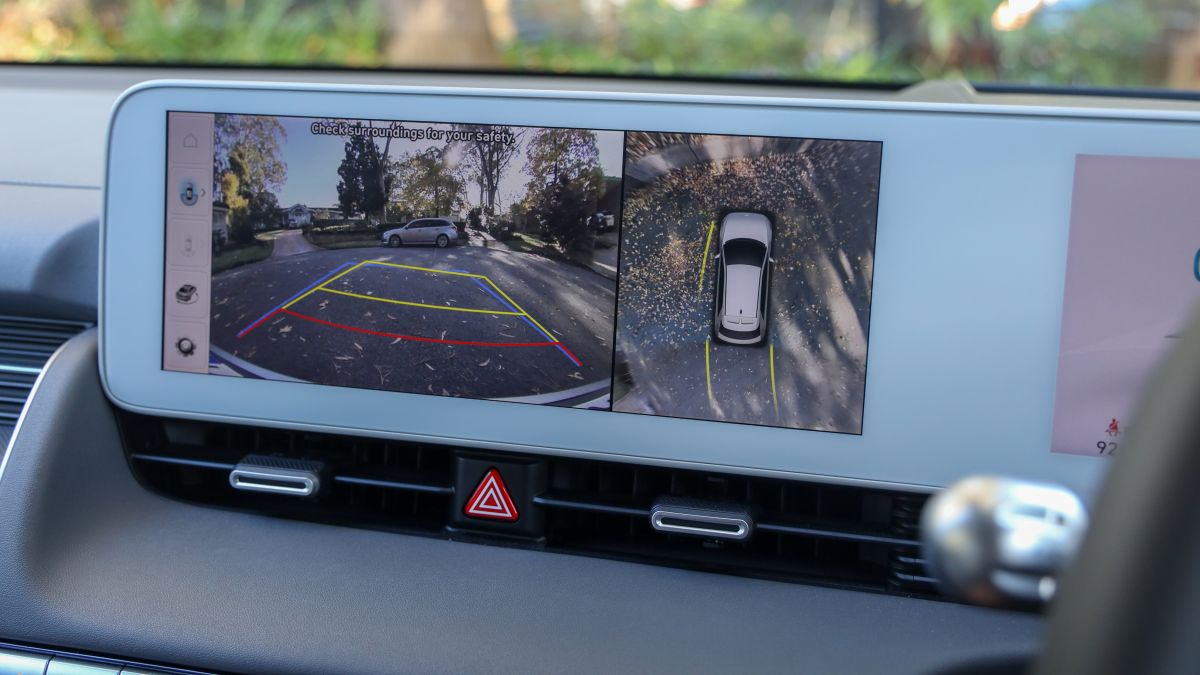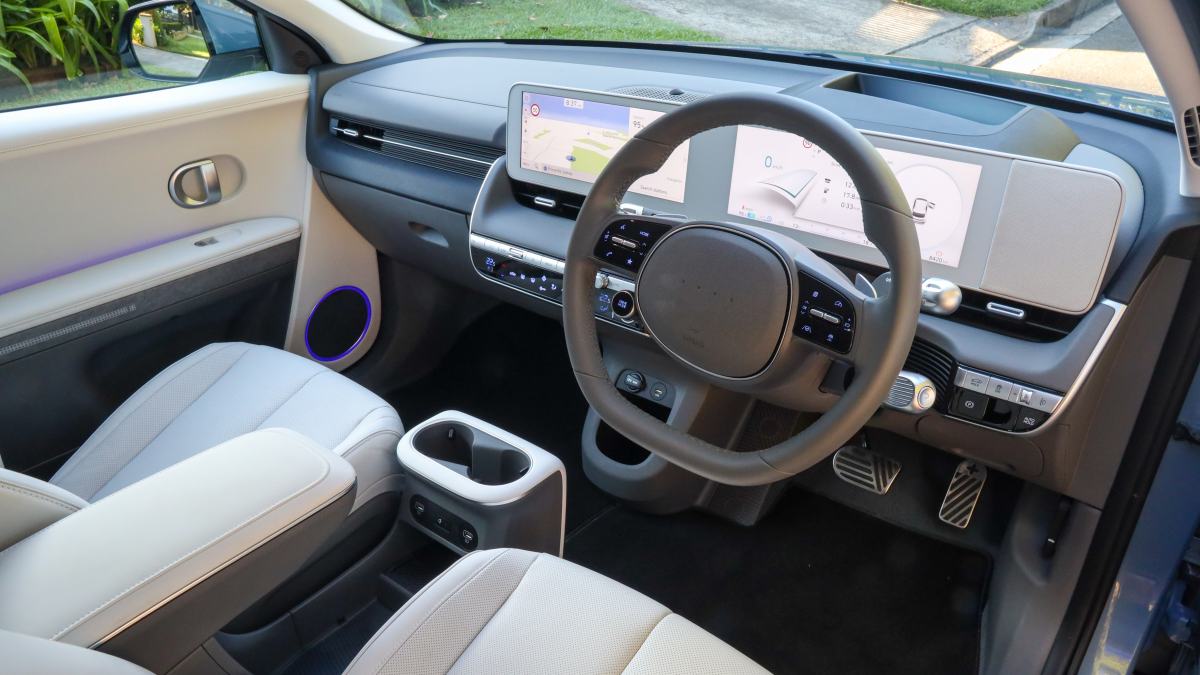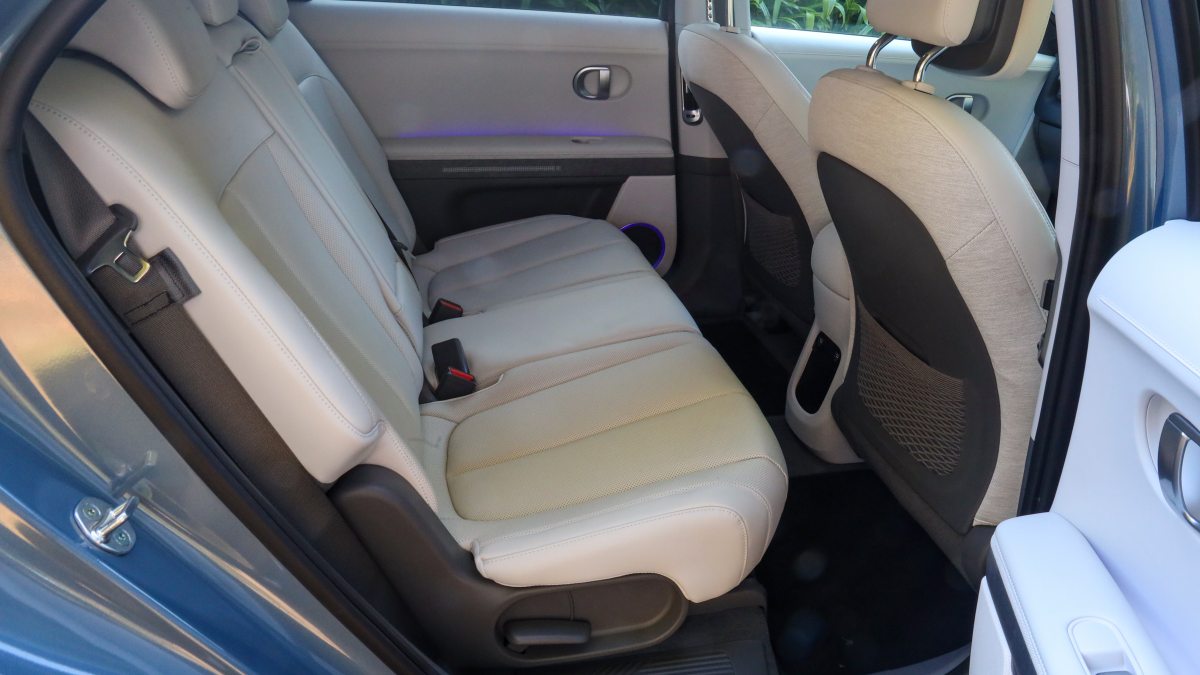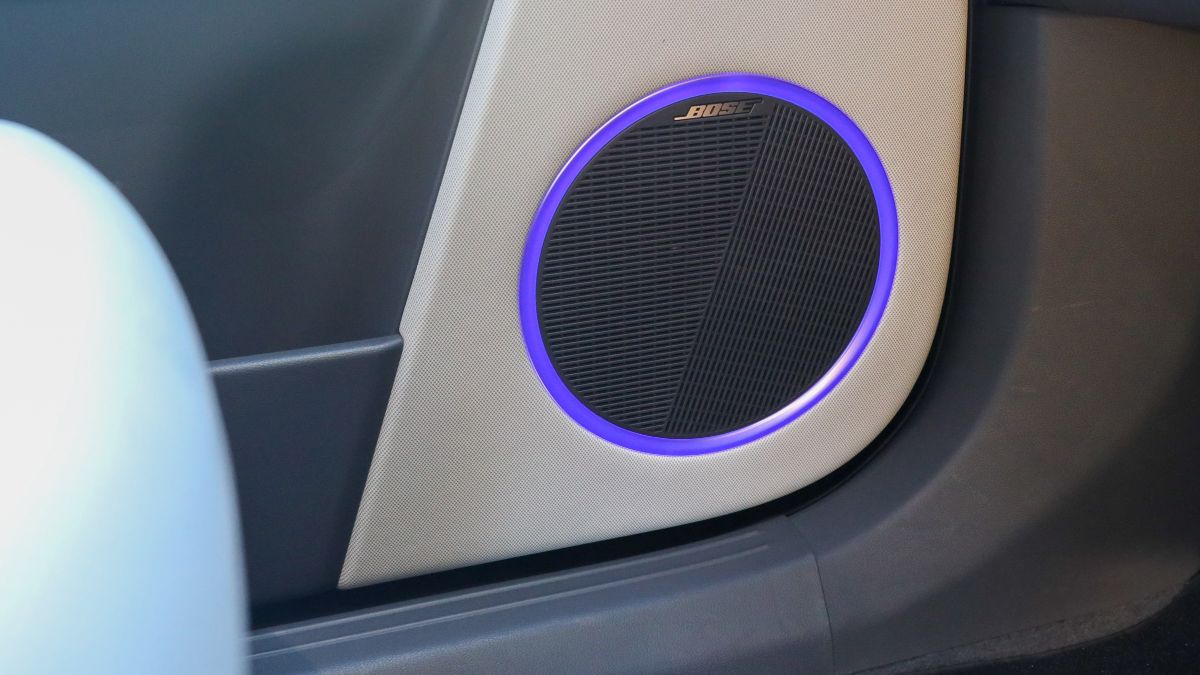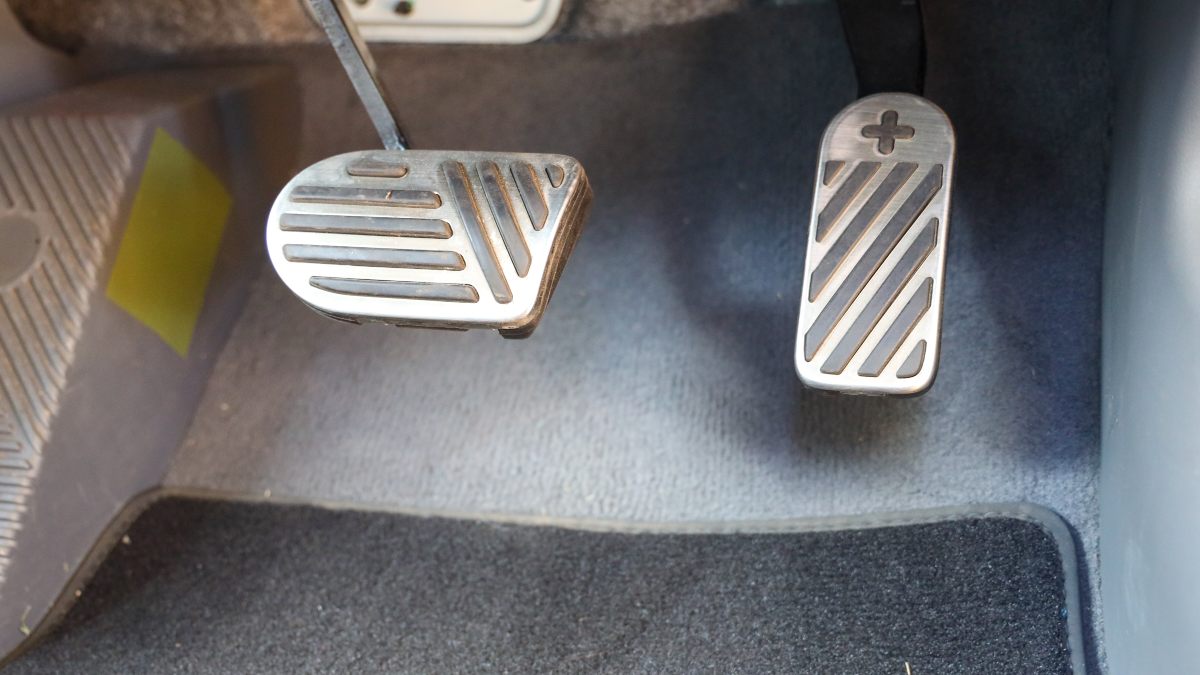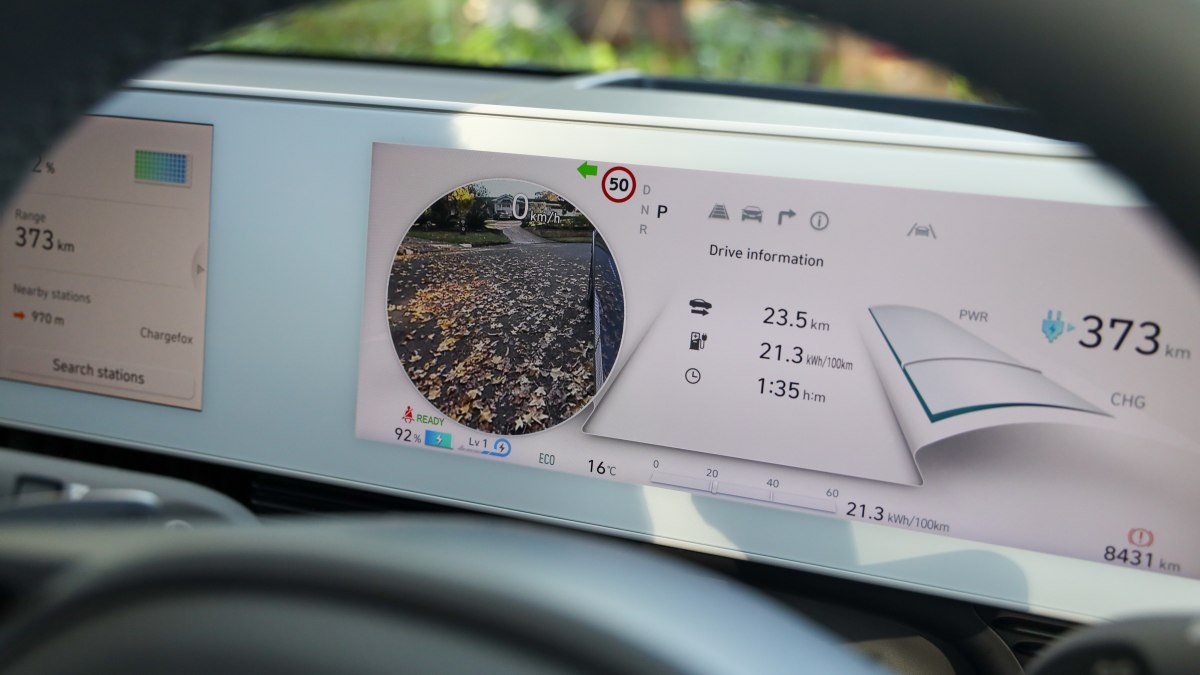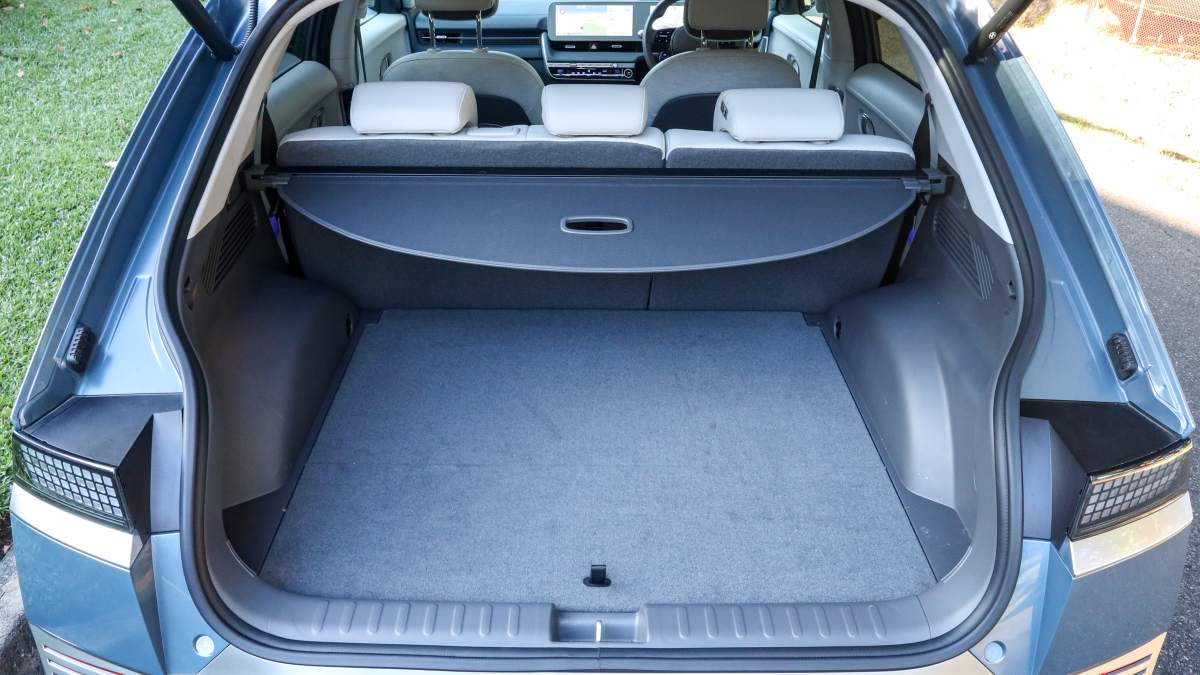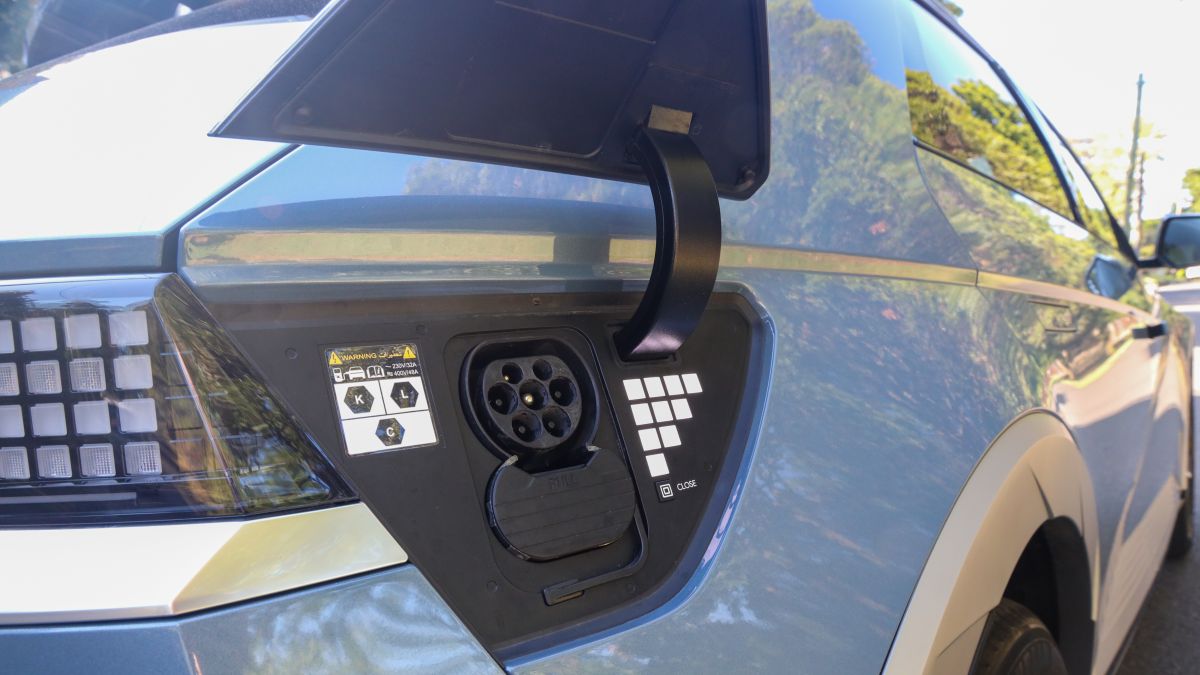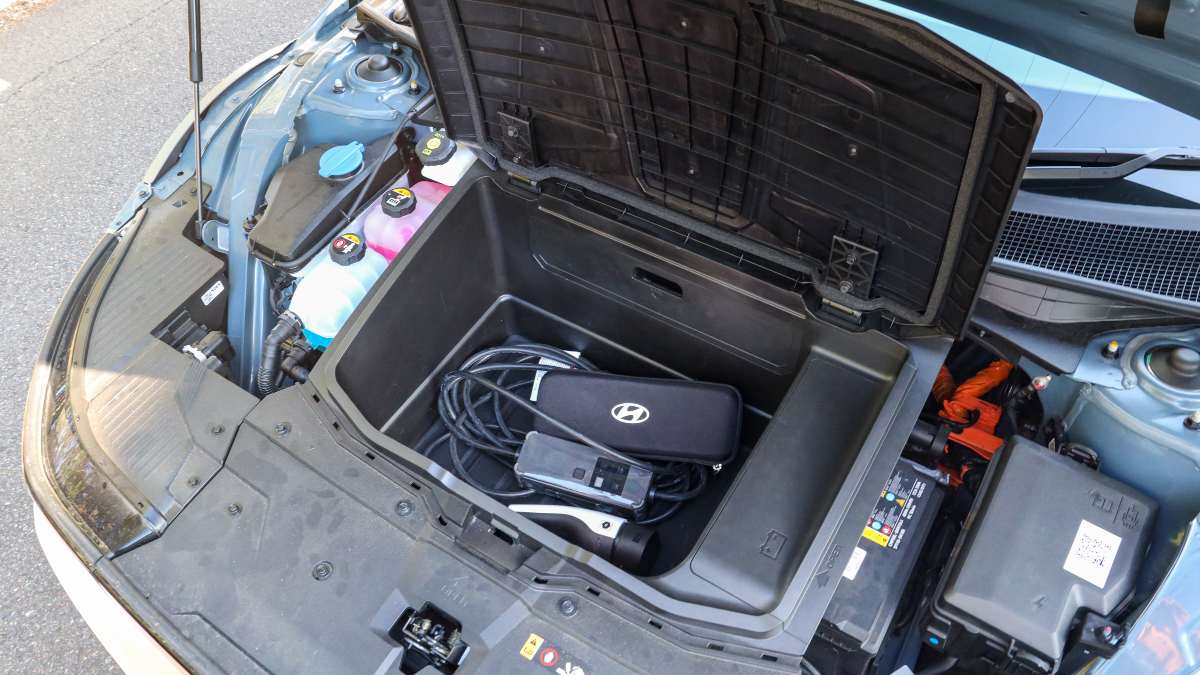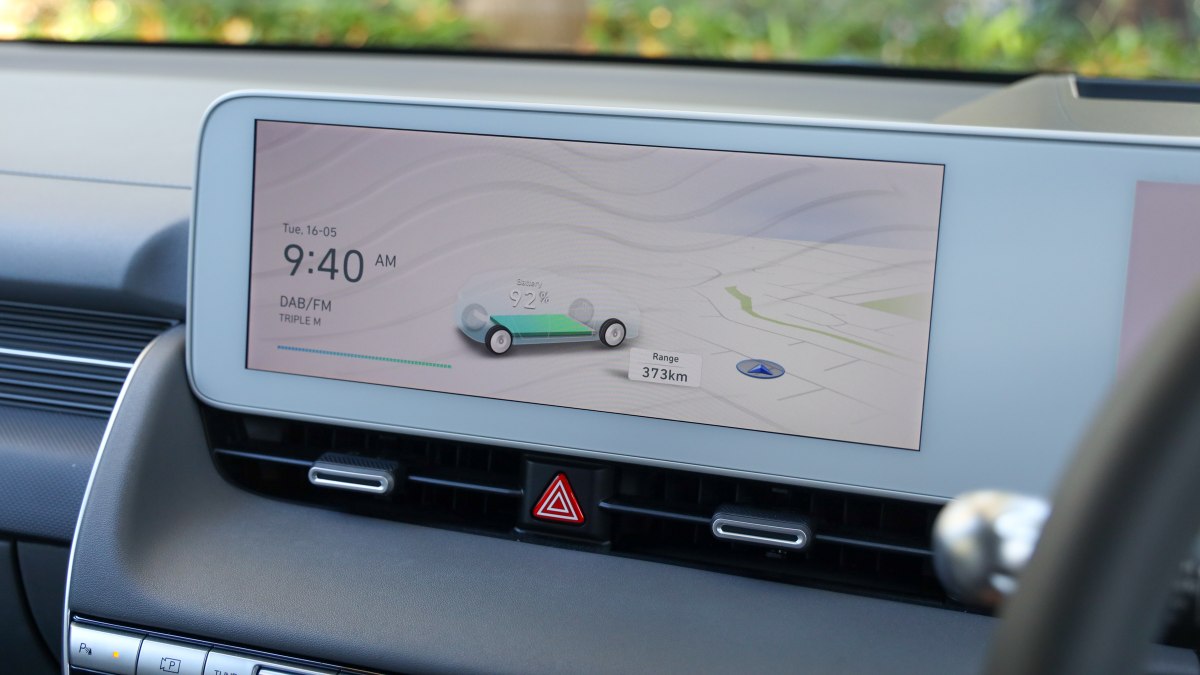The ninth-generation Toyota HiLux has arrived, bringing with it a futuristic forward exterior design, more safety and tech and the same rugged capability owners love. Will the updates tempt private buyers away from the Ford Ranger or are they just enough to keep fleets onside?
2023 Hyundai Ioniq 5 Dynamiq review

As its first-ever stand-alone battery electric passenger vehicle, the Hyundai Ioniq 5’s place in the pantheon of ground-breaking models produced by the Korean auto giant is assured.
Launched in Australia in late 2021 to significant critical acclaim, the five-door five-seat electric SUV would have garnered an equivalent amount of commercial success if meaningful supply had been available. It wasn’t, so instead hundreds of buyers got their hands on the Hyundai Ioniq 5 and thousands missed out. Now, Hyundai Ioniq 5 supply is freeing up and more people are getting the chance to own a vehicle that is one of the most convincing electric vehicles on sale in Australia.
Here we’re driving the Hyundai Ioniq 5 Dynamiq, the base model in the line-up and the one that goes up against the popular Tesla Model Y Rear Wheel Drive.
On this page
- Pricing and models
- Safety equipment
- Interiors and design
- Battery power, charging and efficiency
- Performance and handling
Hyundai Ioniq 5 pricing and models
There are three models in the 2023 Hyundai Ioniq 5 line-up; the $72,000 rear-wheel drive Dynamiq and the two all-wheel drive dual motor models, the $79,500 Techniq and the $85,000 Epiq. All these prices are before on road costs.
The Tesla Model Y Rear-Wheel Drive is priced at $69,300 and the Ioniq 5’s close relation, the Kia EV6, starts at $72,590 in its cheapest Air specification. Its pricing rules the Ioniq 5 Dynamiq out of state government rebates, but it qualifies for the federal government’s FBT exemption.
The Hyundai Ioniq 5 Dynamiq’s exterior equipment includes a power tailgate with hands-free opening and flat-faced 19-inch alloy wheels. There is no spare tyre. Inside the front seats have power adjustment and heating. All seats are trimmed in eco-friendly leather. Digital 12.3-inch touchscreen and 12.3-inch instrument panels sit side-by-side on the dashboard behind a single pane of glass. A head-up display in the windshield providing more info. Embedded sat-nav, wired Apple CarPlay and Android Auto, Bluetooth streaming, wireless smartphone charging, eight-speaker Bose audio, dual-zone climate control and adjustable ambient interior lighting are all standard. There are five USB ports spread across the front and rear.
Techniq and Epiq additions include an easy access function for the driver’s seat; a heated steering wheel; integrated memory settings, powered calf support, ventilation and powered leg rests for both front seats; heated rear outboard seats and rear window shades.
The Epiq alone gets a fixed glass roof, a high efficiency heat pump heater, battery warming for faster DC charging and driving in cold weather, LED outboard interior lighting and digital exterior mirrors.
The Ioniq 5 is covered by the same five-year/unlimited km warranty as any orthodox Hyundai, while the battery pack gets an eight-year/160,000km coverage. Service intervals are huge at 30,000km or 24 months and capped price servicing out to six years/90,000km costs only $2230. That’s reflects the absence of an internal combustion engine and its costly consumables.

The Dynamiq is one of three Hyundai Ioniq 5 models. Image: Toby Hagon
Hyundai Ioniq 5 safety equipment
Like the rest of the Hyundai Ioniq 5 range, the Dynamiq picks up a five-star ANCAP safety rating based on 2021 protocols. It is equipped with seven airbags and autonomous emergency braking that can detect cars, bicycles and pedestrians. The adaptive cruise control has artificial intelligence so it can attune itself to the driver’s behaviour.
The Ioniq 5’s battery of cameras and sensors help it to stay in its lane, spot vehicles lurking in blind spots, warn the driver of fatigue, adjust the high beam spread of the LED headlights and monitor tyre pressures. A 360-degree camera helps with manoeuvring in tight spots, as do front and rear parking sensors.
It can enter and exit parking spaces (remotely via the smart key if you want), warn that passengers have been left locked in the car and that it’s safe to open a door and exit.
There are two Isofix mounts in the outboard rear seats and three child seat top tethers in the backrest of the second row.
Hyundai Ioniq 5 interiors and design
Get into the Hyundai Ioniq 5 Dynamiq and you are immediately confronted by one of the essential ingredients that make EVs so appealing: space.
The Ioniq 5 is built on a platform called E-GMP that’s been specifically developed to exploit the fact electric powertrains are more compact than internal combustion engines and that EV batteries packs are arranged in a long, narrow slice under the flat floor.
At 4635mm long and 1890mm wide, the Ioniq 5 is only a fragment bigger than a Toyota RAV4, but it has a super-long 3000mm wheelbase that hints at how commodious it is inside. Four adults will be easily accommodated and five will fit. The seats are deeply comfortable front and rear and very adjustable. There is no shortage of head, knee and foot room.
Thanks to that appealing e-motor trait of being super-quiet, the Ioniq 5 Dynamiq’s cabin is a hushed place to travel as well.
Storage space is generous and clever, highlighted by the movable centre console, bin between the front seats and the slide-out glovebox. There’s even a magnetic display board next to the instrument panel. The Ioniq 5 has a sizable 527 litre boot, which expands to 1587 litres with the rear seat split folded. Up-front there’s a 57-litre frunk.
The combined instrument panel and touchscreen are like billboards for the interior’s originality. There is so much information and configurability it’s mind boggling.
Hyundai Ioniq 5 battery power, charging and efficiency
The Ioniq 5 is Dynamiq is powered by a 165kW/350Nm e-motor that drives the rear wheels via a single speed reduction gear.
The claimed range is 507km (WLTP) between recharges – well over 400km is certainly doable. The claimed consumption rate is 17kWh/100km and we finished up around 18kWh/100km. That’s about $5 per 100km of electricity when charging at home.
The powertrain’s character can be adjusted through four drive modes - Eco, Normal, Sport and Snow. Eco is the go-to mode given the ever-present desire to save power. The powertrain is fed by a 77.4kWh liquid--cooled lithium-ion battery that Hyundai claims can be DC fast-charged from 10 to 80 per cent in 18 minutes.
In our experience, the peak DC charging rate for the Ioniq 5 is a bit over 200kWh. That’s achieved with the aid of the E-GMP architecture’s ability to recharge at 800v as well as the orthodox 400v rate. A 50kW DC fast charge from 10 to 80 per cent takes 73 minutes while a 10.5kW AC 10-100 per cent charge takes 11hr 45 minutes. Plug in the Hyundai Ioniq 5 Dynamiq on a 230V outlet for a full recharge and it will be there for more than 34 hours.
The Hyundai Ioniq 5 Dynamiq also recharges regeneratively, a process the driver can influence via paddles on the steering wheel. One-pedal driving is available and effective.
The Dynamiq can also recharge another EV or a device like a laptop via its battery pack. This function is called Vehicle to Load, or V2L.
Hyundai Ioniq 5 performance and handling
The first thing you must do when driving the Hyundai Ioniq 5 Dynamiq is figure out how to operate it. Push-button start – okay. But you then select drive or reverse via a rotating knob on a stalk protruding from behind the two-spoke steering wheel below the separate indicator stalk (careful, can be confusing!). Beyond that there are no gears to select and no gear lever to do it with anyway.
Once underway you do become aware this not an especially light vehicle. Combine that 2015kg tare mass with quite a lush independent suspension set-up ensures the Hyundai Ioniq 5 Dynamiq doesn’t quite live up to its name. It’s a comfy cruiser but can get bouncy and loose in the body when bumps and corners are encountered, especially when that happens at the same time! It’s not offensive and if you are commuting around town or go cruising on a freeway its basically unnoticeable.
Hyundai has in the past had a specific program dedicated to tuning its vehicles dynamics for Australia’s rough roads, but the Ioniq 5 missed out on that. The absence of local tuning shows. The new Hyundai Ioniq 6 sedan, which sits on the same E-GMP underpinnings is a more disciplined tune and that makes it a more connected drive.
The highlight of the Hyundai Ioniq 5 drive experience is undoubtedly the powertrain. The e-motor generates instant pulling power, which is great for making those committed moves required in traffic. Be it a busy roundabout, a set of lights or an overtaking move, the Dynamiq is quick and effective. Yes, it gives up 74kW and 255Nm compared to the AWD models, but most people are not going to miss that oomph most of the time.
The verdict
While the Dynamiq is the entry-level model in the Hyundai Ioniq 5 range, it doesn’t give that impression in the way it drives or is equipped. It’s not cheap, it’s not perfect, but it certainly is very good. And undoubtedly ground-breaking.
